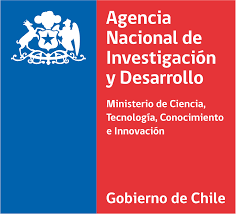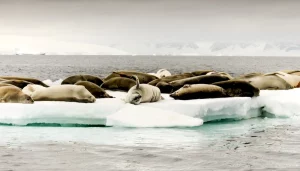 Lead PI: Dr. Luis A. Huckstadt
Lead PI: Dr. Luis A. Huckstadt
co-PIs:
Dr. Dan Costa – Department of Ecology and Evolutionary Biology, University of California Santa Cruz
Dr. Michael Tift – Department of Biology and Marine Biology, University of North Carolina – Wilmington
Dr. Peter Fretwell – British Antarctic Survey
Dr. Jaume Forcada – British Antarctic Survey
PhD Students: Alyssa Scott and Anna Pearson
Crabeater seals (Lobodon carcinophaga) are considered an excellent sentinel species through which to examine the effects of a changing climate on the extended Antarctic krill-dependent predator community and the structure of the entire ecosystem of the western Antarctic Peninsula. Over the last forty years, there have been significant changes in the temporal and spatial patterns of primary productivity, and shifts in the population dynamics of Antarctic krill, the dominant mid-trophic level species. The impact of such changes on year-round resident species of crabeater seals (the most important predator of Antarctic krill) is more difficult to understand as they are not associated with breeding colonies where their population fluctuations could be more readily observed. The proposed research is conceived under the premise that environmental change has accentuated the differences between the northern and southern western Antarctic Peninsula crabeater seal populations due to differential reductions in sea-ice and its possible effect on prey availability.

To address this question, this research will combine measurements on animal movement, stable isotope analyses, whole-animal physiology, and novel survey technologies (small Unmanned Aircraft Systems, satellite imagery) to build models. The project is a collaboration between an international and interdisciplinary team from the United States and United Kingdom. These studies will be essential to detect past, and project future, changes in the ecology of this species in response to changes in sea ice when comparing present-day measurements with those collected by the British Antarctic Survey in the mid-1900s. We will train at least 2 graduate students and several undergraduates across two US institutions, as well as one UK-based post-doctoral researcher. Students involved with this project will gain invaluable research experience in the lab and will have a unique opportunity to participate in Antarctic fieldwork.
Funding:



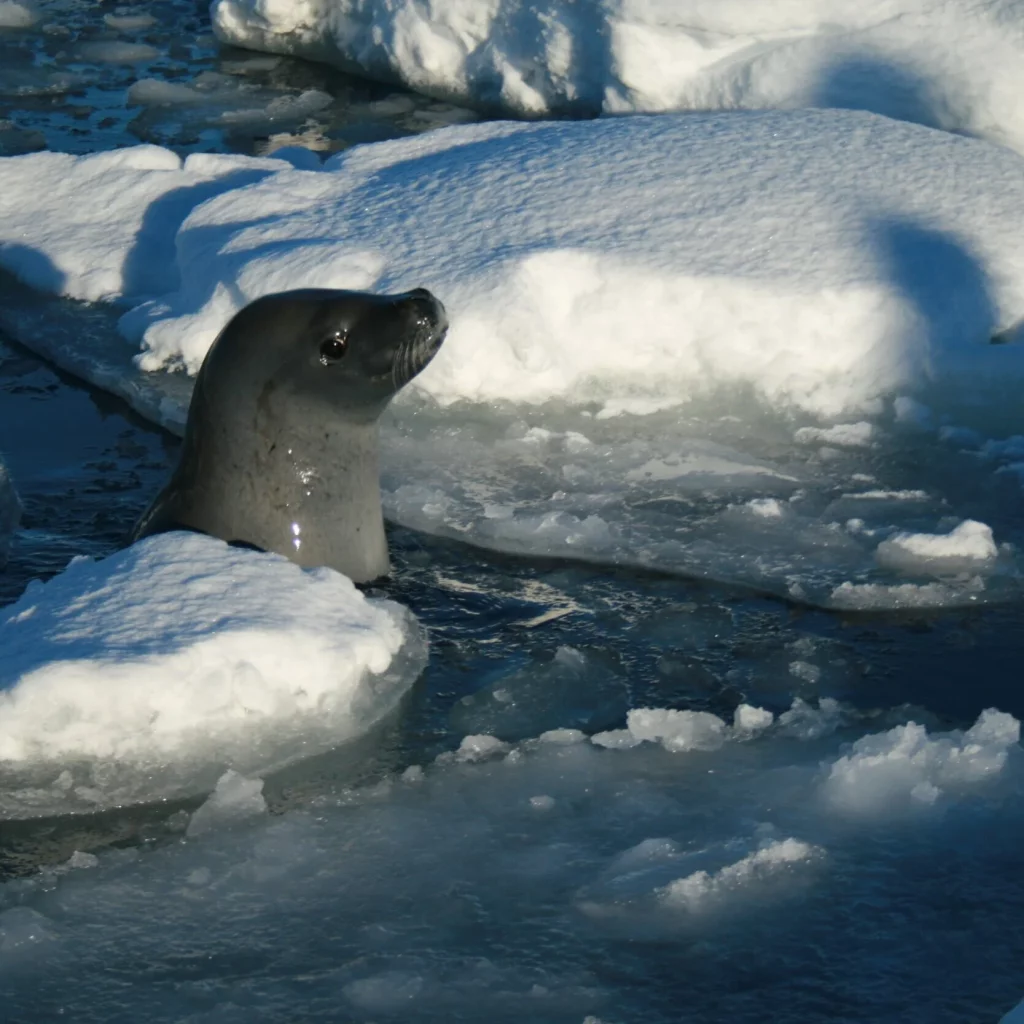

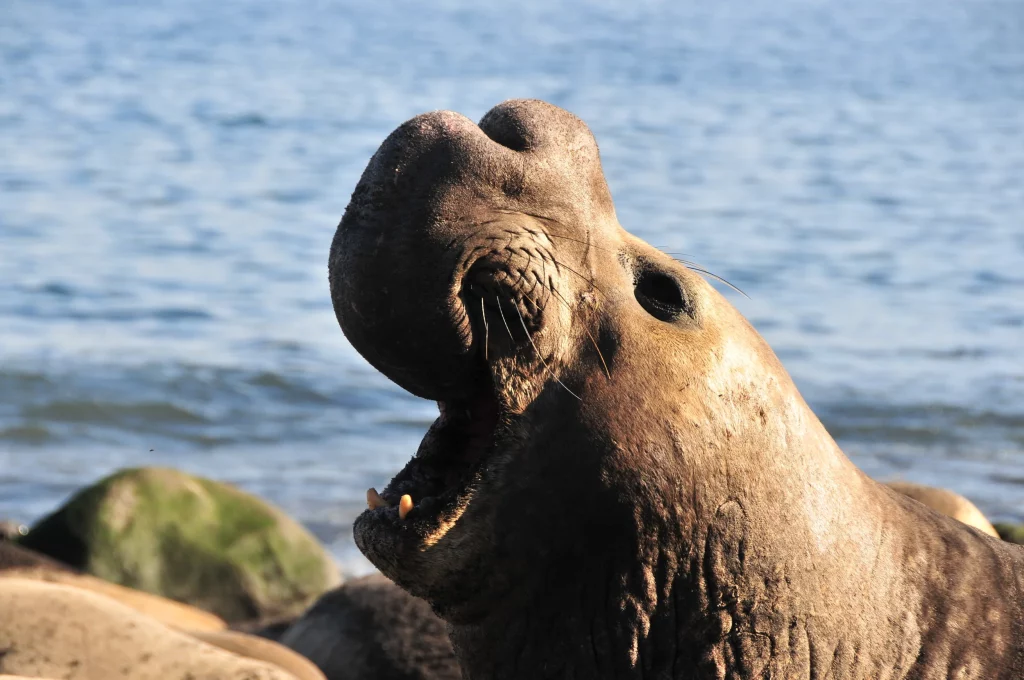
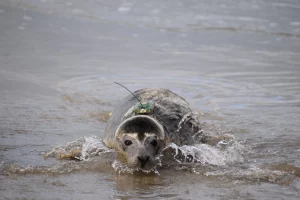 This project is a collaboration with the
This project is a collaboration with the 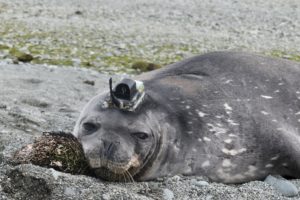 This project is led by
This project is led by 